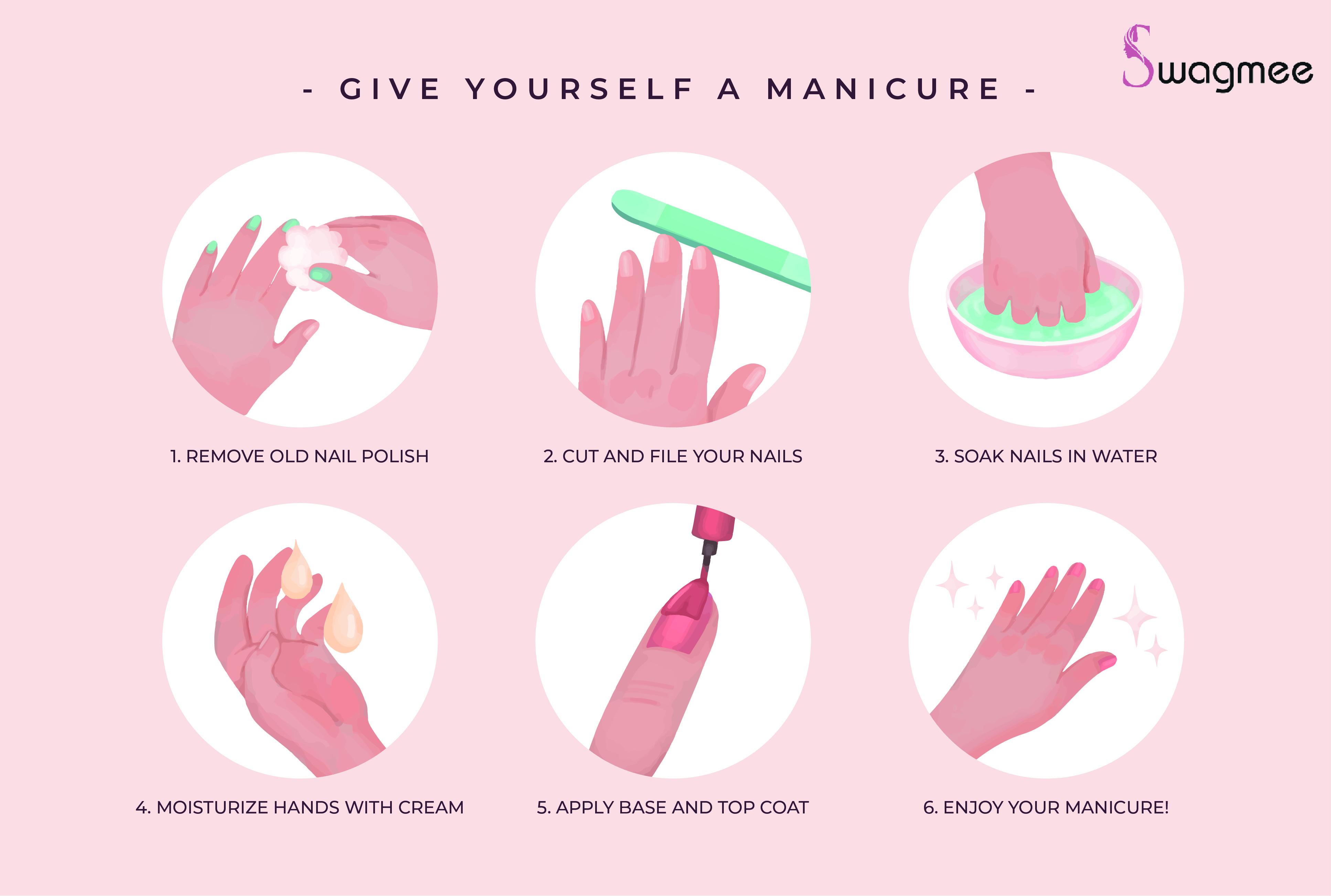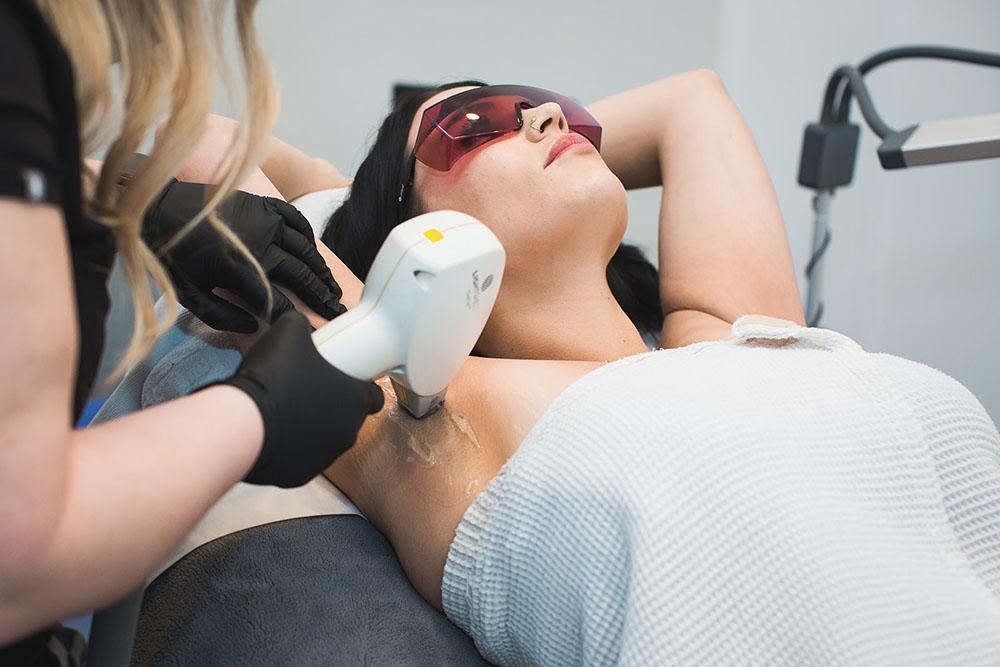In the ever-evolving world of beauty and self-care, laser hair removal stands out as a revolution, promising liberation from the incessant cycle of shaving, waxing, and plucking. Yet, behind this beacon of convenience lies a question that echoes in the minds of many: how much does it hurt? The prospect of radiant, smooth skin is often shadowed by concerns about pain, making it a critical factor in the decision-making process. This article delves into the heart of these concerns, unraveling the pain factor in laser hair removal with an objective lens. Whether you’re a seasoned veteran or a curious newbie, join us as we explore the intensity, sensations, and realities of this modern marvel.
Understanding the Science Behind Pain in Laser Hair Removal
The sensation of pain experienced during laser hair removal can vary greatly from person to person. This variability hinges on several factors including **skin type**, **pain threshold**, and the **area of the body being treated**. Here’s a deeper dive into why this happens:
Laser hair removal works by targeting **melanin** in the hair follicles. The laser beam converts to heat as it reaches the follicle, effectively destroying the hair at the root. But this heat can also affect surrounding tissues, leading to the discomfort many people experience. **Blonde or grey hair** lacks melanin, making it less effective and possibly more painful as the laser struggles to focus.
| Factors | Effect on Pain |
|---|---|
| Skin Type | Darker skin may absorb more heat |
| Pain Threshold | Varies individual to individual |
| Treatment Area | Sensitive areas feel more pain |
The body’s **nervous system** responds to the heat generated by the laser. This can trigger pain receptors in your skin, sending signals to the brain that register as pain. Areas with more nerve endings, like the bikini line or upper lip, are particularly sensitive. **Cooling systems** integrated into modern laser devices help to mitigate this effect by immediately cooling the skin upon contact.
Lastly, it’s essential to consider **pre- and post-treatment care** to minimize discomfort. Avoiding sun exposure and using numbing creams can substantially reduce the initial pain. Hydration and moisturizing after sessions help soothe treated areas, ensuring your skin recovers more efficiently. While pain can’t be wholly eliminated, understanding these scientific underpinnings can help you manage it more effectively.

Factors Influencing Pain Levels During Treatment
Several crucial aspects can significantly affect how much pain a person may experience during laser hair removal sessions. One primary influencer is the **individual’s pain threshold**. Everyone experiences pain differently, and what might feel merely uncomfortable to one person can be excruciating to someone else. Understanding your pain tolerance can help you better prepare for the procedure and implement suitable measures to manage discomfort.
Another important factor is the **area of the body** undergoing treatment. Some parts of the body are inherently more sensitive, making certain areas more prone to higher pain levels. For instance, the skin covering bony regions, such as the ankles and wrists, is typically thinner and less cushioned, leading to increased sensitivity. Conversely, areas with thicker skin and more fat, such as the thighs and arms, often experience less pain. Here’s a quick comparison:
| Body Area | Pain Level |
|---|---|
| Bikini Line | High |
| Legs | Moderate |
| Back | Low |
The **type of laser technology** used can also play a significant role. Advanced laser systems designed for hair removal often come with integrated cooling mechanisms to soothe the skin during treatment. Certain lasers are better suited for specific skin types and hair colors, making the choice of equipment critical in determining comfort levels. Discussing available technologies with your specialist can help you choose the most comfortable and effective option for your needs.
Additionally, **pre-treatment preparations** can influence pain experiences. Proper skin care before the session, such as exfoliating and moisturizing, can make a noticeable difference. Taking over-the-counter pain relievers or applying a numbing cream as recommended by your healthcare provider can also help mitigate pain. Some people also find that scheduling their appointments at specific times of day, based on their body’s natural rhythm, can lead to a more tolerable experience.

Techniques for Minimizing Discomfort in Laser Hair Removal
One of the most effective methods to ease discomfort during laser hair removal is to utilize **topical anesthetics**. These creams or gels are applied to the skin before the procedure, numbing the area and reducing the sensation of pain caused by the laser’s heat. Always consult with your practitioner about the right type and proper application timing for these numbing agents to ensure maximum benefit.
- **Cooling Devices:** Many laser machines are equipped with cooling devices, either built-in or as separate tools, that stream cool air or a cooling gel onto the skin during the procedure.
- **Adjusting Laser Settings:** Skilled practitioners can adjust the laser’s intensity and pulse duration to suit your pain tolerance without compromising the treatment’s effectiveness.
- **Frequent Breaks:** Taking short breaks during the session can also help manage discomfort, allowing you a moment to recover.
Communication with your practitioner is crucial. Let them know about your pain threshold and any prior experiences with discomfort. This will enable them to personalize the approach and apply techniques that suit your needs. Also, **pre-treatment care** such as exfoliating the area and avoiding sun exposure can make the skin more receptive and less sensitive to the laser.
| Technique | Benefit |
|---|---|
| Topical Anesthetics | Reduces skin sensitivity |
| Cooling Devices | Soothe skin during treatment |
| Adjusting Laser Settings | Customized pain management |
| Frequent Breaks | Short recovery periods |

Recommended Pre-Treatment Practices for a Painless Experience
To ensure your laser hair removal experience is as comfortable as possible, there are some preparatory steps you can take. **Hydrating** your skin is crucial. Well-moisturized skin can help reduce the sensation of laser zaps, so drink plenty of water and use a gentle moisturizer in the days leading up to your appointment.
Avoiding sun exposure is another key factor. Tanned skin can increase the risk of burns and hyperpigmentation, making the process more painful. Ideally, stay out of the sun for at least two weeks before your session and always use **broad-spectrum sunscreen** if you need to go outside.
Shaving the treatment area 24 hours before your appointment is recommended. This reduces the chances of burns from the laser targeting surface hair while still allowing the laser to reach the hair follicles beneath the skin. Do not wax or pluck the hair, as these methods remove the hair root that the laser targets.
Another helpful practice is using a **topical anesthetic**. Products containing lidocaine can be applied about 20 to 30 minutes before your session to numb the skin. Always consult with your technician or dermatologist to ensure you’re using a safe and effective product.
| Practice | Benefit |
|---|---|
| Hydration | Reduces sensation |
| Sun Avoidance | Prevents burns |
| Shaving | Targets follicles effectively |
| Topical Anesthetic | Minimizes discomfort |

Aftercare Tips to Soothe Post-Treatment Sensitivity
Once your laser hair removal session is complete, your skin may feel more sensitive than usual. Implementing a proper aftercare routine is essential to ensure that your skin heals smoothly and comfortably. Begin with cooling the treated area. Use cool compresses or ice packs wrapped in a soft, clean cloth for 10-15 minutes at a time to reduce swelling and soothe irritation.
Nourish your skin by applying a gentle aloe vera gel or an unscented moisturizer. Look for products with ingredients such as chamomile or calendula, which are known for their calming properties. Avoid products with alcohol or perfumes, as these can further irritate the skin and prolong the healing process.
| Cooling Agents | Ice packs, Cool compresses |
| Moisturizers | Aloe vera gel, Unscented lotions |
| Avoid | Alcohol-based products, Perfumed lotions |
For the first couple of days post-treatment, steer clear of activities that can increase sweat and heat, like intense workouts or hot baths. **Wear loose clothing** to prevent rubbing and friction on the treated areas. If you must go outside, always apply a broad-spectrum sunscreen with at least SPF 30 to protect your sensitized skin from UV damage.
Lastly, resist the urge to scratch or exfoliate the treated area. Your skin is in a delicate state and needs time to renew and recover. Using a gentle cleanser during your daily routine will help maintain cleanliness without causing additional stress to your skin. Pat the area dry with a soft towel instead of rubbing it to avoid unnecessary irritation.
Q&A
Q&A: Unraveling the Pain Factor in Laser Hair Removal
Q: What exactly is laser hair removal, and how does it work?
A: Laser hair removal is a cosmetic procedure designed to remove unwanted hair by using concentrated light energy. The laser targets the pigment in the hair follicle, which absorbs the light, converts it to heat, and destroys the follicle to prevent future hair growth. This process can be performed on various parts of the body, including legs, arms, face, and bikini line.
Q: Is laser hair removal painful?
A: The sensation of pain during laser hair removal varies from person to person and depends on several factors, such as the individual’s pain threshold, the area being treated, and the type of laser technology used. Some describe the sensation as a rubber band snapping against the skin, while others liken it to a quick, warm pinch. Newer laser technologies and cooling mechanisms have significantly reduced discomfort, making the procedure more tolerable for many.
Q: Are there ways to minimize the pain associated with laser hair removal?
A: Absolutely! Here are a few strategies to help minimize discomfort:
- Topical Anesthetics: Applying numbing creams can desensitize the skin before the procedure.
- Cooling Devices: Many modern lasers include built-in cooling systems to soothe the skin during treatment.
- Proper Timing: Scheduling treatments around your menstrual cycle, when your pain sensitivity is lower, can make a difference.
- Pre-Treatment Preparation: Shaving the treatment area a day before can reduce the sensation of hair being singed during the laser process.
- Aftercare: Post-treatment care, like applying aloe vera or cool compresses, can alleviate any lingering discomfort.
Q: How long does the discomfort last post-treatment?
A: Any discomfort felt during laser hair removal generally subsides shortly after the procedure. Mild redness and swelling, akin to a mild sunburn, may persist for a few hours to a day. These symptoms typically resolve on their own, but cool compresses or anti-inflammatory creams can help expedite relief.
Q: Does the pain level change with repeated treatments?
A: Interestingly, many people find that the discomfort decreases with subsequent treatments. As the hair becomes finer and less dense, the laser has less pigment to target, resulting in reduced sensation. Additionally, as your body gets accustomed to the procedure, your pain perception may adapt, making it feel less intense over time.
Q: Are there individuals who should avoid laser hair removal due to pain concerns?
A: While laser hair removal is generally well-tolerated, individuals with extremely low pain thresholds or certain skin conditions may opt for alternative hair removal methods. Consulting with a dermatologist or a qualified laser technician can provide personalized advice and ensure the procedure is suitable and safe for your specific skin type and pain tolerance.
Q: is laser hair removal worth enduring the discomfort?
A: The decision to undergo laser hair removal depends on individual preferences and pain thresholds. For many, the promise of long-term hair reduction and smoother skin outweighs the temporary discomfort. Having realistic expectations and understanding the sensations involved can help you make an informed choice. Ultimately, enjoying the conveniences of reduced hair growth might just be worth a few fleeting pinches.
Hope that sheds light on the nuances of pain in laser hair removal, making your decision on whether to opt for this procedure a bit easier!
Concluding Remarks
As the final beams of our investigative journey into the pain factor of laser hair removal fade, we find ourselves at a pivotal intersection of science, experience, and expectation. Like the gears of a finely tuned machine, pain and beauty have danced a delicate waltz, each step measured and each turn deliberate. We’ve ventured through the clinical corridors of expert insights, paused to listen to the whispers of firsthand testimonials, and peered into the futuristic realms of advancing technologies.
Yet, as with any odyssey, the true understanding of this pain is uniquely personal—a kaleidoscope of sensations and perceptions. For some, it’s a brief flicker of discomfort, for others, a manageable twinge. As we conclude, we leave you with not just facts and figures, but with the empowerment to make informed decisions on your own aesthetic adventure. the narrative is yours to write, as you stand armed with knowledge, ready to face the light.






